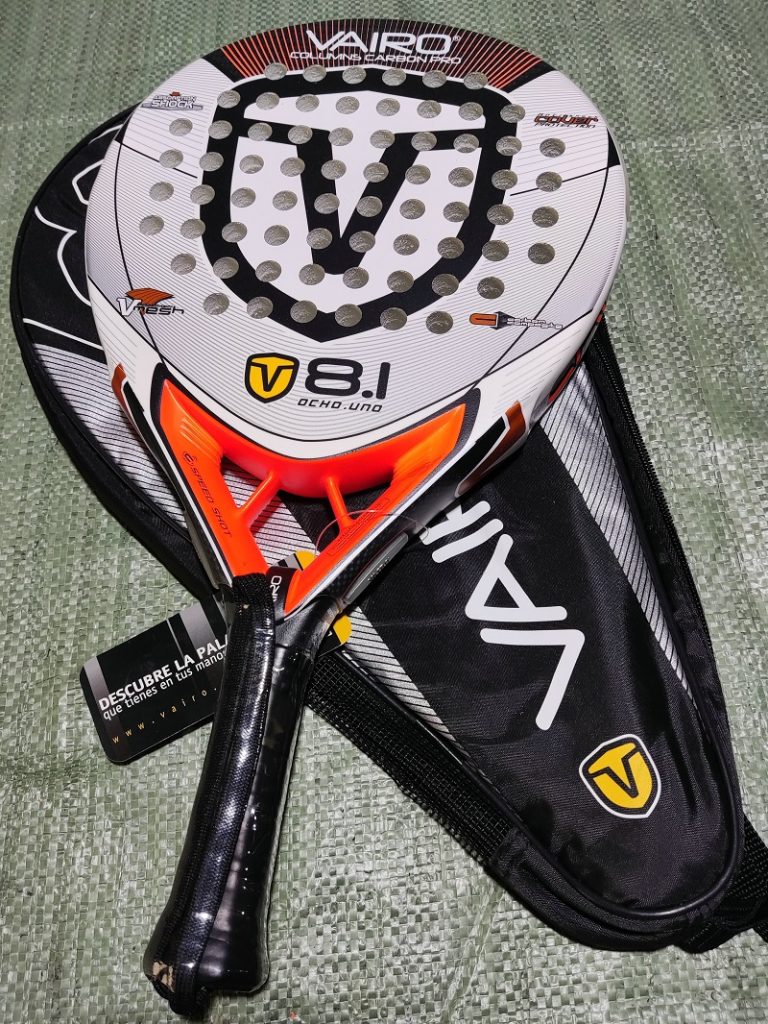
Paddle sports, such as pickleball and platform tennis, require the use of a paddle racket. These rackets come with various specifications that affect the player’s performance, including weight, grip, and shape. One key factor that often goes overlooked is stiffness. The stiffness of the paddle racket affects the power, control, and feel of the racket. In this article, we will discuss the importance of paddle racket stiffness and how to choose the right stiffness for your game.
What is Paddle Racket Stiffness?
Paddle racket stiffness refers to the amount of flex or bend in the racket’s frame when it makes contact with the ball. Stiffness is typically measured on a scale of 1 to 10, with 1 being the most flexible and 10 being the stiffest. The stiffness of the racket affects the power, control, and feel of the racket.
A stiffer racket provides more power but less control and feel, while a more flexible racket provides more control and feel but less power. Therefore, it’s essential to choose the right stiffness based on your playing style and skill level.
How to Choose the Right Paddle Racket Stiffness?
1.Power and Control:
The stiffness of the paddle racket affects the power and control of the shots. A stiffer racket provides more power, while a more flexible racket provides more control. Players who prioritize power may prefer a stiffer racket, while players who prioritize control may prefer a more flexible racket.
For beginners or players who prioritize control, a more flexible racket with a stiffness rating of 1 to 5 may be preferable. This allows for more control and feel, allowing players to place the ball accurately. For intermediate or advanced players who prioritize power, a stiffer racket with a stiffness rating of 6 to 10 may be preferable. This allows for more power, allowing players to hit the ball harder and further.
2.Playing Style:
The stiffness of the paddle racket also depends on the player’s playing style. Players who play aggressively and hit the ball hard may prefer a stiffer racket, allowing for more power and control. Players who play defensively and prioritize placement may prefer a more flexible racket, providing more control and feel.
3.Skill Level:
The stiffness of the paddle racket also depends on the player’s skill level. Beginners or players with less physical strength may prefer a more flexible racket, allowing for more control and feel. Intermediate or advanced players with more physical strength may prefer a stiffer racket, allowing for more power and control.
4.Experimentation:
Choosing the right stiffness for your paddle racket requires experimentation. Players should try different racket stiffnesses to determine which is best for their playing style and skill level. This may involve borrowing rackets from friends or renting different rackets to test their stiffness.
Players should also experiment with different string tensions to determine the right combination of stiffness and tension for their playing style. A stiffer racket with a lower string tension may provide more power, while a more flexible racket with a higher string tension may provide more control and feel.
In Conclusion
Choosing the right paddle racket stiffness is crucial for maximizing your performance and enjoyment during play. The stiffness of the racket affects the power, control, and feel of the racket. Players should consider their playing style, skill level, and preferences when selecting the right stiffness for their paddle racket. For beginners or those who prioritize control, a more flexible racket may be preferable, while intermediate or advanced players who prioritize power may prefer a stiffer racket. Experimentation with different racket stiffnesses and string tensions is recommended to find the right combination for your playing style and preferences.

